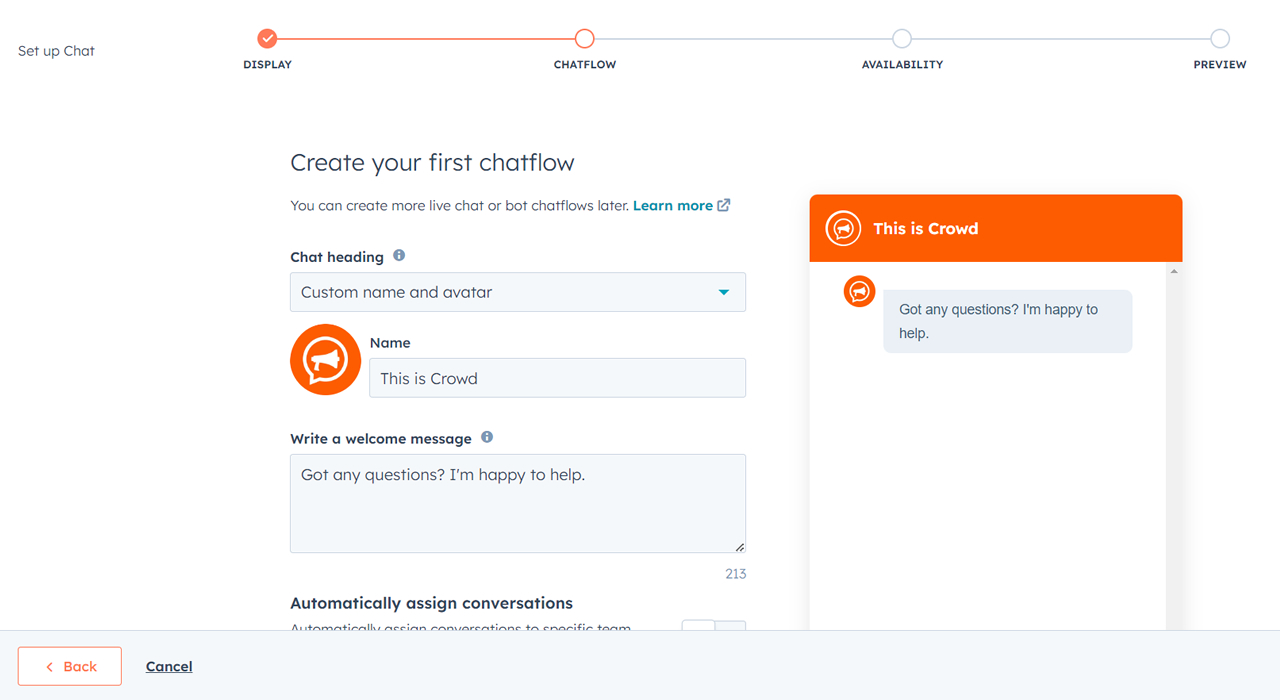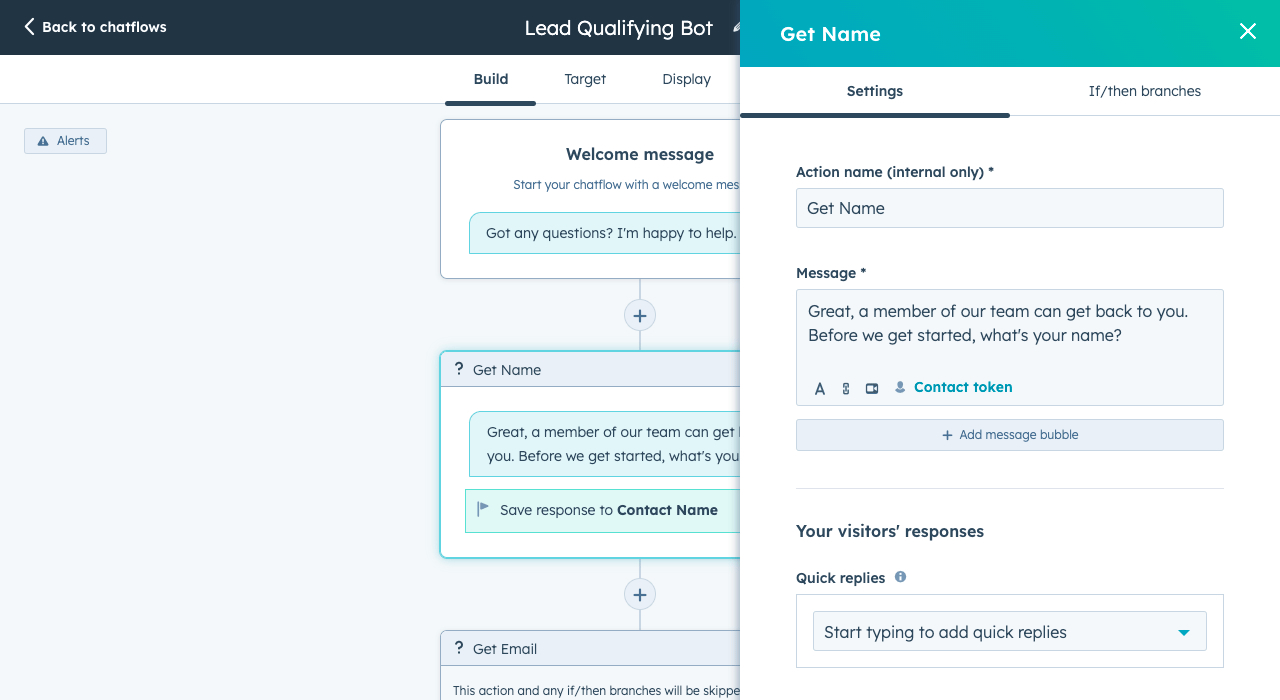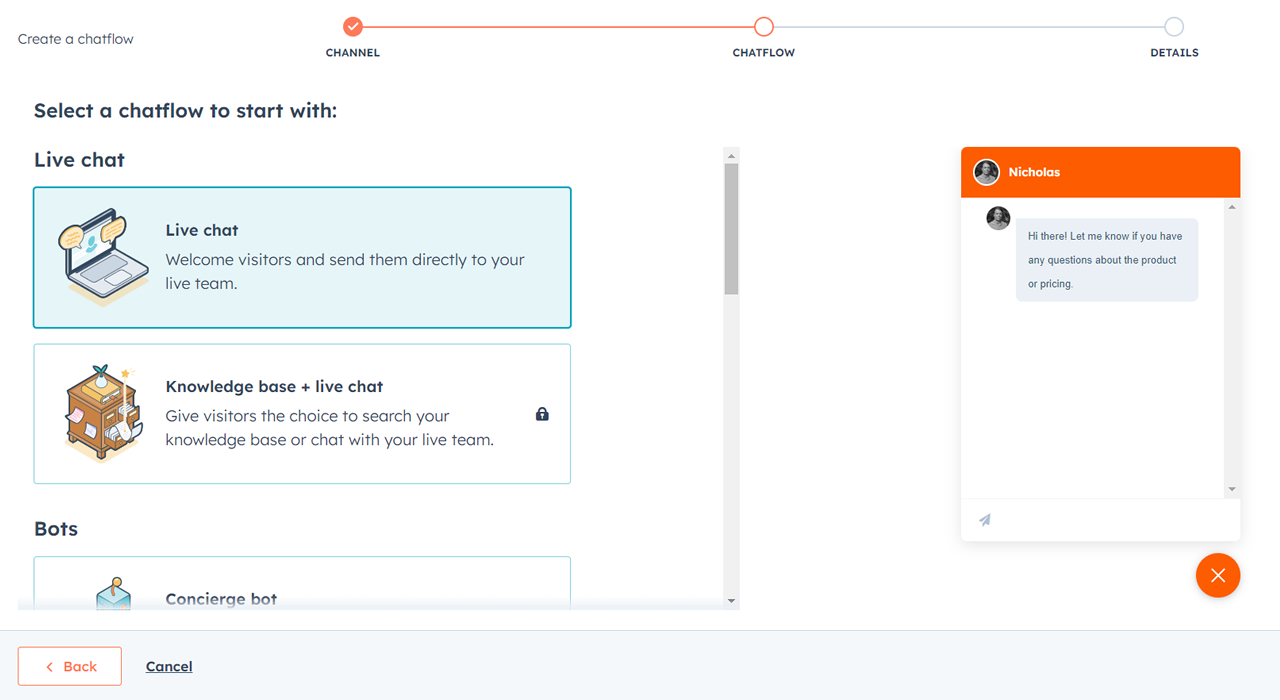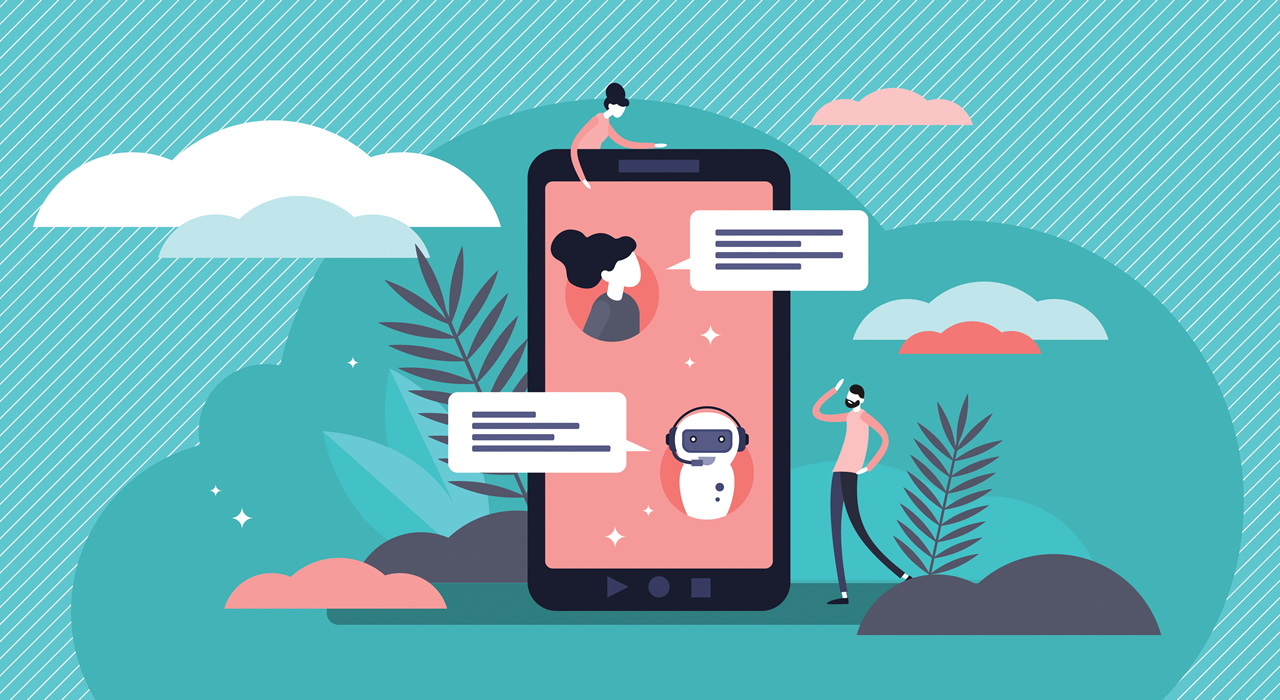In today's ecommerce landscape, engaging with website visitors is a crucial step for businesses seeking to connect with customers and drive conversions. Implementing innovative solutions to streamline communication is paramount, and one such solution is incorporating a chatbot on your website.
Chatbots are nothing new, but they have evolved with the advent of AI to become a powerful tool that can significantly boost customer interaction, retention and satisfaction. In this article, we will explore some key steps to help you create an effective chatbot that helps your business connect with its customers.
1. DEFINE YOUR OBJECTIVES
Before diving into the world of chatbots, it's essential to clearly define your objectives. Identify the specific goals you want the chatbot to achieve. Whether it's providing customer support, collecting leads, or guiding users through your website, a well-defined purpose will shape the functionality of your chatbot, and allow you to reach as many customers as possible and streamline commucation.

2. CHOOSE THE RIGHT PLATFORM
Selecting the right platform for your chatbot is crucial. HubSpot, a leading customer relationship management (CRM) platform, offers robust chatbot functionality, and is the easiest platform I've come across for those looking to set up a chatbot with minimal fuss. Leveraging HubSpot's capabilities can provide seamless integration with your CRM system, ensuring that customer interactions are not only efficiently managed and handed off to your sales team but also logged for all to see.
3. UNDERSTAND YOUR AUDIENCE
Tailor your chatbot to the needs and preferences of your target audience. Consider the demographics, behaviours, and preferences of your website visitors. HubSpot's chatbot functionality allows for personalised interactions based on user data, enhancing the user experience and increasing the likelihood of achieving your goals. If you're already collecting info through an RFI form, you can incorporate this into your chatflows to help forge a connection with your customer.
4. DESIGN A CONVERSATIONAL FLOW
Map out a conversational flow that aligns with your defined objectives. HubSpot's chatbot features allow you to create dynamic and engaging conversational paths, with if/then branches to account for all kinds of questions. Design a user-friendly experience that guides visitors through their queries or needs, keeping the interaction natural and intuitive. Finally, don't be afraid to keep things informal if it helps to make the exchange more natural and easier for the customer.

5. INTEGRATE WITH YOUR CRM
As a CRM Manager, I can't stress how important it is to ensure a direct integration with your CRM platform. HubSpot's chatbot integrates seamlessly with its CRM, allowing you to centralise customer data and interactions. This integration ensures that leads generated through the chatbot are efficiently managed and nurtured through your sales funnel, being passed off to your sales team in real time, with all exchanges logged for future reference. It also allows you to automate any follow up communications such as a "thanks for chatting with us" email.
6. IMPLEMENT AI AND MACHINE LEARNING
Enhance your chatbot's capabilities by incorporating artificial intelligence (AI) and machine learning. HubSpot's chatbot functionality leverages AI to understand user intent and provide relevant responses. This not only improves the efficiency of your chatbot but also enables it to learn and adapt over time, delivering a more personalised experience. An AI-driven chatbot might not be the best path for your business, but this is definitely something to consider when designing your chatbot.
7. TEST AND REFINE YOUR CHATBOT
Before deploying your chatbot, conduct thorough testing to identify any potential issues or areas for improvement. HubSpot's chatbot features include testing capabilities, allowing you to refine the conversational flow and ensure a smooth user experience. Before embedding the chatbot on your website, try placing it in front of a user focus group, or even just share it with your colleagues, asking them to test it out so that you are sure that all queries are covered with your chatflows.

8. MONITOR AND ANALYSE
Once your chatbot is live, continuously monitor its performance and analyse user interactions. HubSpot's analytics tools provide valuable insights into user behaviour, helping you make data-driven decisions to optimise your chatbot's effectiveness. You can see just how many users opened the chatbot, started a conversation, abandoned a conversation, etc. and how many new leads were generated through chatbot interactions, which can help you tweak and modify moving forward.
Creating a chatbot for your website involves strategic planning, thoughtful design, and integration with a reliable CRM system. Whatever chatbot system and CRM platform you decide on, I'd advise seeking out the solution that aligns most closely with your goals, enabling you to engage with their audience in a personalised and efficient manner. By following these key steps, you can develop a chatbot that not only meets your objectives but also enhances the overall user experience.
Interested in a designed a chatbot to handle prospective customers on your website? Contact Crowd today and we'll put together a plan for you.

